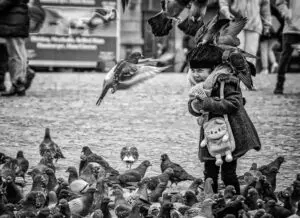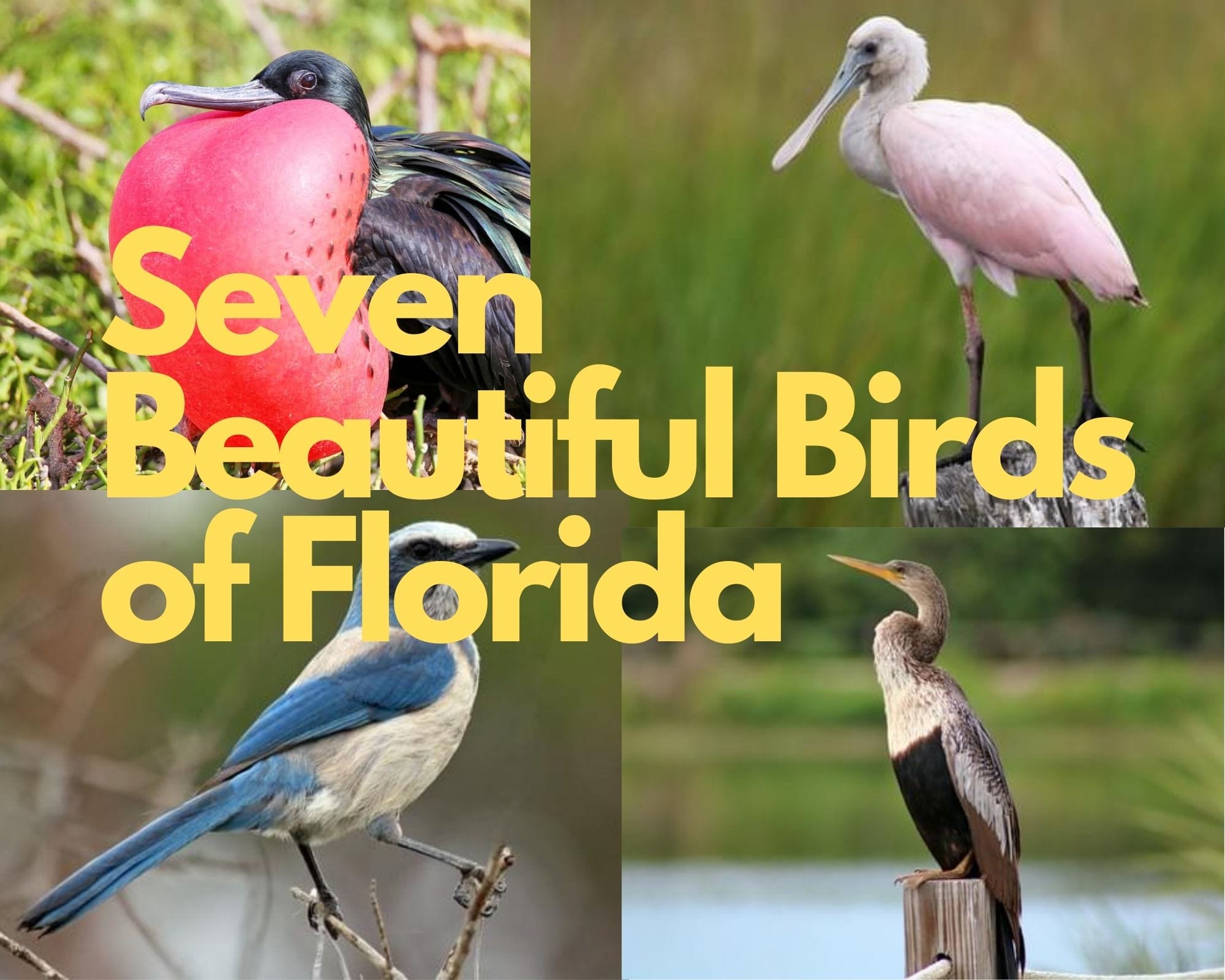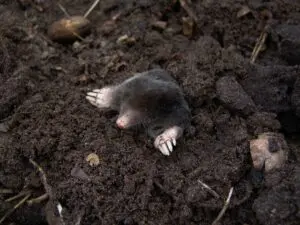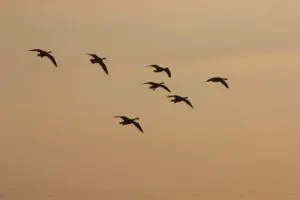

Whether you’re an avid bird-watcher or an occasional admirer, there’s no denying that Florida is home to some pretty magnificent birds. This list will introduce you to just a few of the many Florida birds, hopefully giving you some new things to watch for during your next bird watch, nature walk, or backyard hangout.
American oystercatcher
As their name suggests, American oystercatchers can only be found in intertidal and beach areas, where they can catch oysters. They are particularly fond of barrier islands with few predators. American oystercatchers are the only birds in their territory that can open large mollusks using their bills. They will look for clams and oysters that are slightly open and jab their bright orange bills inside, snipping the muscle that closes the shell. Some oystercatchers will even use their bills to smash open the shell before snipping the muscle. The mollusks do not always lose against the birds, though. Sometimes, the mollusk will clamp down on the oystercatcher’s bill when it tries to attack, so the bird can’t use its bill!
Anhinga
Anhingas are long-necked, long-tailed birds with dagger-like bills. They are mostly black with either white or tan markings, depending on gender and age. Anhingas are some very cool birds to watch. When they go fishing, they catch fish that are bigger than their own heads! When they surface after a dive, their long necks resting on the water’s surface make them look like snakes. Their appearance earned them the unique nicknames “snakebirds” and “water turkeys.”
Florida Scrub-Jay
Florida scrub-jays are aptly named, because the only place in the world where they can be found in Florida! This bright blue bird has a blue crescent shape on its pale gray breast, as well as a distinct white supercilium. A supercilium is a plumage feature, or a stripe of different colored feathers that runs from the base of the beak to the back of the head. Florida scrub-jays are a highly threatened species because of their preferred habitat. They like to live in young open oak scrub, typically those that are under 15 feet tall. The tricky part about this is that these specific trees require periodic burning in order to produce new trees. This means that Florida scrub-jays depend on habitat management by fire. Between this and large-scale development, Florida scrub-jays are losing territory fast- which means that now is time to act! This article from the Florida Department of Environmental Protection gives tips on how you can help save the Florida scrub-jays.
Green heron
Green herons are small, stocky birds that live in marshy areas. They can be difficult to see if you’re not looking hard enough, but once you catch a glimpse of one you’ll be glad you did. These beautiful wading birds have iridescent bluish-green backs and green heads with reddish-brown necks. Believe it or not, the green heron is one of the few species of birds that use tools! Sometimes, when they’re waiting for fish to get close enough to catch, they get a little impatient. They will drop a feather or tiny twig on the surface of the water to act as a sort of bait, which will lure the fish in close enough to be snatched up. Simple, yet very clever!
Magnificent frigatebird
This large, mostly black bird has a huge wingspan and a forked tail, causing it to look almost pterodactyl-like while flying. Males have a bright red pouch on their throats which they inflate when trying to attract females. Magnificent frigatebirds do not have waterproof feathers like other seabirds do, which makes fishing quite difficult. Because of this, they had to develop a different way of getting food, and the aggressive tactic they developed earned them the nickname “man-o-war bird.” Magnificent frigatebirds will harass other birds until they regurgitate their recently-eaten meals. The frigatebird will then swoop down and catch the regurgitated meal in mid-air. Pretty gross, huh? Youngsters will even practice this technique. They chase each other while holding sticks in their mouths and when one drops its stick, the other swoops in to catch it. Frigatebirds make catching a meal in mid-air look easy, but it clearly takes quite a bit of practice!
Roseate spoonbill
Did you know that birds can go bald too? That’s right! As they get older, roseate spoonbills can start to lose feathers on the tops of their heads, leaving a bald spot! These balding birds are named both for their pink color and their spoon-shaped bills. Incredibly, roseate spoonbills are one of only 6 spoonbill species in the entire world, and they are the only spoonbill species found in the Americas! Despite the fact that these spoonbills have an incredible wingspan of up to five feet, they typically weigh less than four pounds. Their light weight is helpful for not sinking into mud, because roseate spoonbills tend to live in mangrove and marshy areas.
Ruby-throated hummingbird
Many people think there are no hummingbirds in Florida because they can be hard to find. In fact, there are 3 species of hummingbirds that reside in Florida, one of them being the ruby-throated hummingbird. This species is named for the bright red patch on the male’s throat. They like to live in wooded areas, but they have also been known to build nests in human-occupied areas, especially those with flower-filled gardens. This bird has exceptionally short legs, which means it cannot walk or jump, only shuffle. Despite its short legs, though, it will still lift a foot up and over its wing to scratch its head or neck, much like a dog!
It is truly incredible how unique each of these species are, and this list only looks at seven of the 196 Floridian bird species! Florida is host to such a diverse array of birds, each one as impressive as the last. So next time you’re enjoying the great outdoors, see how many species you can catch a glimpse of!






